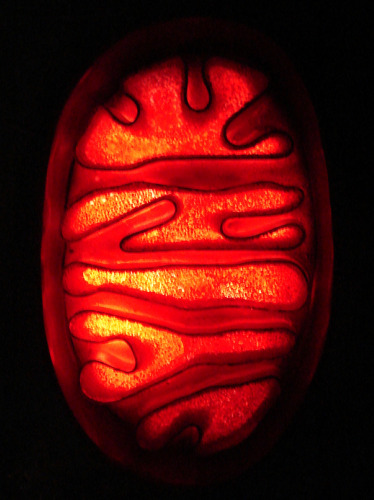Introduction
 Mitochondria are small double membrane organelles present in every nucleated cell of the human body. They are described as "power centers" as their main function is to produce energy in the form of ATP. The universal distribution of mitochondria, means that all tissues of the body are provided with the necessary energy to perform their specific functions. Along with providing the means to respire aerobically, mitochondria are involved in a number of cellular processes such as calcium storage, apoptosis and heat production.
Mitochondria are small double membrane organelles present in every nucleated cell of the human body. They are described as "power centers" as their main function is to produce energy in the form of ATP. The universal distribution of mitochondria, means that all tissues of the body are provided with the necessary energy to perform their specific functions. Along with providing the means to respire aerobically, mitochondria are involved in a number of cellular processes such as calcium storage, apoptosis and heat production.
They have their own, extranuclear genetic sequence which, along with their structure, relates to their bacterial origin over a billion years ago.
Mitochondria image courtesy of Flickr under the creative commons license.
Due to their distribution in all nucleated cells, mitochondria have been implicated in a huge range of diseases including cancer, Altzheimer's disease and diabetes as well as being linked to the aging process.

Electron micrograph image courtesy of wikimedia. These images are in the public domain and thus free of any copyright restrictions.
News
Mitochondrial damage causes hearing loss
05/12/2009 20:04———
'Anti-Atkins' diet extends life in flies
05/10/2009 15:10———
Genetic advance raises IVF hopes
26/08/2009 18:04———
